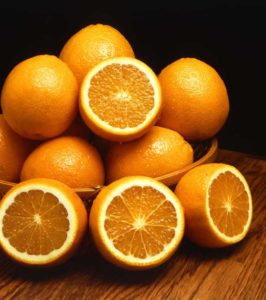
Living in Florida certainly has its advantages, warm sunny summers, and mild warm winters. We happen to live and garden in one of the rare climates where we can grow citrus fruit. In the central part of the state citrus groves are everywhere, and here in North Florida, with some careful selection and good cultural practices, we too can grow a wide range of oranges, lemons, limes, and grapefruit.
Successfully growing citrus in our area requires following a few of simple rules. Choose the right variety, and make sure it’s grafted on the right rootstock. Pick the right place to plant the tree, and protect it while it’s young.
CHOOSING THE RIGHT VARIETY GRAFTED ON THE RIGHT ROOT STOCK
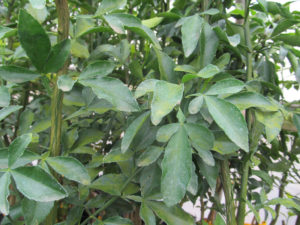
In the world of citrus, there are literally hundreds of varieties to choose from. Here in the colder regions, we look for varieties that have cold tolerance and will ripen their fruit before cold weather sets in. The rootstock your tree is grafted on plays a big part of whether it will survive the cold in our area. We need our trees grafted on Trifoliate orange rootstock. There are several varieties of trifoliate and some like Flying Dragon Trifoliate will dwarf your tree, making it easier to cover and to pick fruit from. if you’re working with a small yard look to get your larger growing citrus like grapefruit grafted to this rootstock. It can bring these large growers easily into to 8-10 foot range making covering for a frost a snap. Swingle and Rubidoux are good varieties of Trifoliate for sweet oranges, tangerines, and lemons.
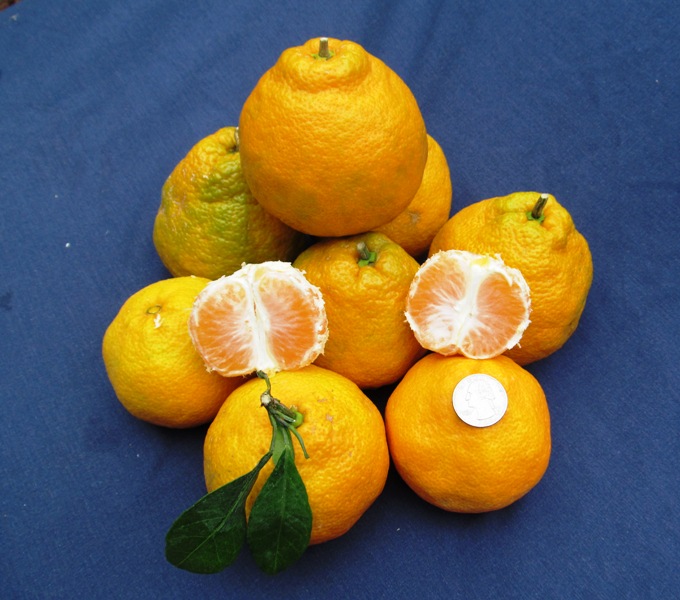
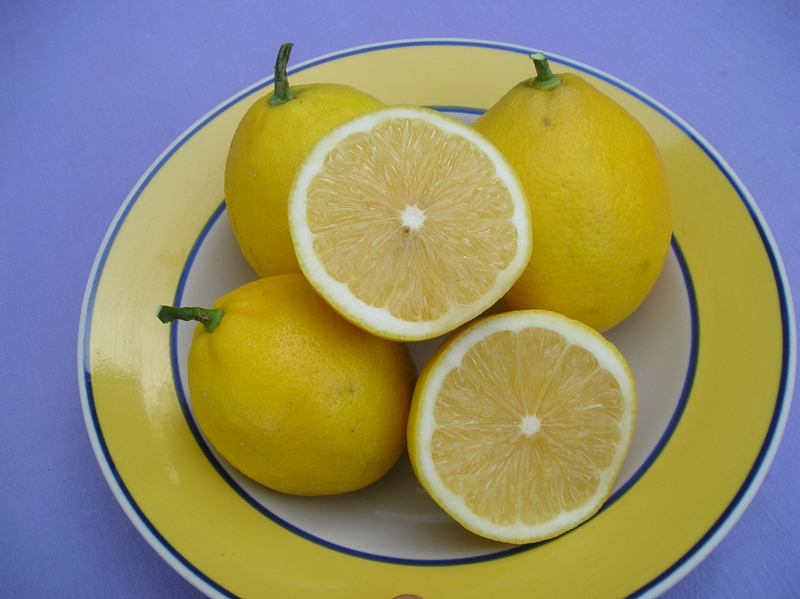
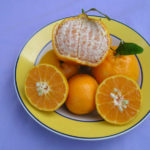
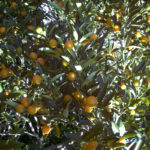
If you are new to citrus growing the best way to get started to choose some of the most cold- hardy varieties. Satsuma tangerines are super popular and come in several varieties Most people are familiar with Owari and Kimbrough which are considered late ripening ripen, but few people are aware of the early ripening varieties Xie Shan and Brown Select, these two varieties are ripe several weeks ahead and give you a much longer satsuma season. Other good cold hardy choices are Nagami (sour) and Meiwa (sweet) Kumquats, Meyer and Harvey lemons, Calamondins, and Changshi tangarines; all these can take most of what Mother Nature dishes out in our area, with a minimum of covering once the trees have become established. Once you’ve mastered these you can expand your selections with early ripening varieties of tangerines like Sugarbelle and Ponkan, oranges like Parson Brown and Cara Red navel and grapefruit like Flame. Always choose varieties that ripen in the October through December window, before the coldest weather sets in, so you are only protecting the trees against hard freezes 25F or below. Tender citrus like Persian Limes, Blood Oranges and late ripening oranges can be grown in containers and brought in during freezes below 28F.
PLANT IN THE RIGHT SPOT
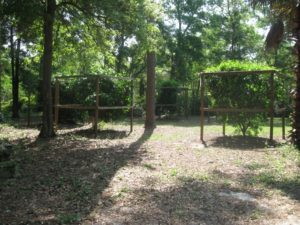
Choose the right site to plant your trees. The best place to plant your trees is an area that is sheltered from north winds, look for sunny south sides of buildings, trees or walls, and be sure to plant the trees 6-8 foot away from the structure to allow room to grow. Areas under pine trees, or between large shade trees, are also great spots for citrus. As a rule, any place that has a good stand of grass growing is sunny enough for a citrus tree.
PROTECT WHILE YOUNG
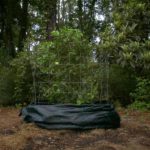
It’s important to protect your new citrus trees, as most citrus trees are lost to freezes the first or second year. The tree gains cold tolerance as it matures. Be sure to cover your trees with two layers of frost protection. For the inside layer against the tree, use cloth, burlap or weed barrier cloth. Over that use plastic. Make sure the tarps cover the tree to the ground and are weighted down to keep cold air out and to keep them from blowing off on windy nights. To get a full look into frost protection read our guide “Frost and Freeze Protection“.
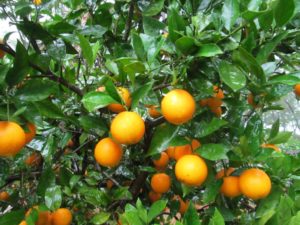
Nothing beats walking out and picking tree ripe citrus in the winter, while the rest of the country trucks in oranges, limes, and grapefruit. The fruit tastes so much better, and citrus trees rarely need to be sprayed in our area, so you can rest assured that your fruit is grown organically.
Got a question on growing citrus? Leave us a comment below, we’d love to help.

